
Morne de Klerk/Getty Images News/Getty Images
Jamaica is a Caribbean island located in the Greater Antilles just south of Cuba. About three to four percent of Jamaicans are Rastafarians, members of a religion founded in Jamaica in the 1930’s. Today, Rastafarianism is a worldwide movement whose tenets emphasize peace, love, truth and right action, and the dress style of this religion has become popular both in Jamaica and around the world.
Rastafarianism
The Rastafarian religion was inspired by the early 19th Century Back To Africa Movement of Marcus Garvey, a Jamaican intellectual leader who worked to raise self-awareness and self-respect among African descendants in the Americas. Rastafarianism is based in Christianity but teaches that the former Ethiopian ruler Haile Selassie was the Christian messiah returned to earth, and as such, that both Jesus and God are black. Rastafarians believe that the diaspora of people of African descent, like the children of Israel, live in enforced exile; in order to achieve redemption from the system of white oppression, known as “Babylon,” they must return to their ancestral home in Africa. The name Rastafarian comes from Haile Selassie’s pre-coronation name, “Ras Tafari.”
Dreadlocks
The most recognizable aspect of Rastafarian dress is hairstyle. The majority of Rastas are highly visible because of their matted hair, or dreadlocks, which are thought to be sacred. It is customary for men (brethrens) and women (sistrens) to let their hair grow long and wear it up in knitted caps (tams). The dress code recommends that women cover their heads for Rastafari celebrations, while women of the Nyahbinghi and Boboshanti branches of the religion are always required to have their heads covered while in public.
Clothing
The Rastafarian dress code requires that clothing be modest and made from natural fibers; clothing made from animal skin is prohibited. Some Rastafarians wear long, dress-like African-style outfits to symbolize the African roots of their tradition. For the same reason, they also use medallions of Ras Tafari, the lion, the imperial symbol of the Ethiopian throne. Some of the Rastafari orders have more restrictive dress codes, prohibiting shorts or bare backs and discouraging tattoos.
Colors
For ceremonial events, Rastafarians dress in white, but their everyday dress is colorful. Rastafarians commonly use the traditional colors (red, gold, green and black) of the Ethiopian flag or the national colors of Jamaica (gold, green and black). These colors have symbolic meaning: gold for faith, prosperity and sunshine; green for land and what it produces; and black symbolizing the color of African-descended people.
Jamaican Style
For the rest of Jamaicans who are not Rastafarians or influenced by that style, dress is similar to that of other Western countries. Women normally wear colorful combinations of skirts and short sleeved or spaghetti-string tops, often accompanied by a headscarf made of calico cotton cloth. Both women and men wear lightweight cotton clothing, with men usually dressing in T-shirts or golf shirts and lightweight pants. More than anything else, Jamaicans dress for comfort in the island heat.
Related Articles
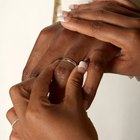
Traditional African Wedding Attire

Military Dress Blues Setup Guide

Who Wears Red Fez Hats?

What Is Ceylon Sapphire?

What Types of Clothes Do They Wear in ...
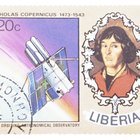
Liberian Fashions, Styles & Wedding ...
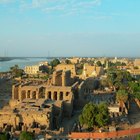
Coptic Orthodox Dress Etiquette

What Is the Meaning of Colored Bandanas?

What Do Women Pirates Wear?

School Uniforms in the 1940s

What Kinds of Clothes Do They Wear in ...

What Kind of Clothes Do El Salvadorans ...
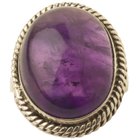
How to Clean a Purple Amethyst Rock

Importance of Military Uniform ...
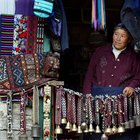
What Kind of Clothes Do They Wear in ...
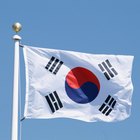
Traditional Korean Colors
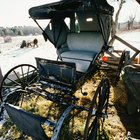
What Do the English Wear to an Amish ...

How to Design a Military Uniform
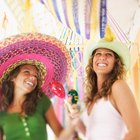
Facts About Sombreros

How to Wear the USMC Dress Blues
References
Writer Bio
Based in Medellín, Colombia, Maryanne Schiffman has a B.A. in economic development from UC Berkeley and an M.A. in Latin American studies from the University of Texas. Writing for more than 20 years, she has contributed to academic journals and online publications, including the Colombian NTN24 news website.
Photo Credits
Morne de Klerk/Getty Images News/Getty Images